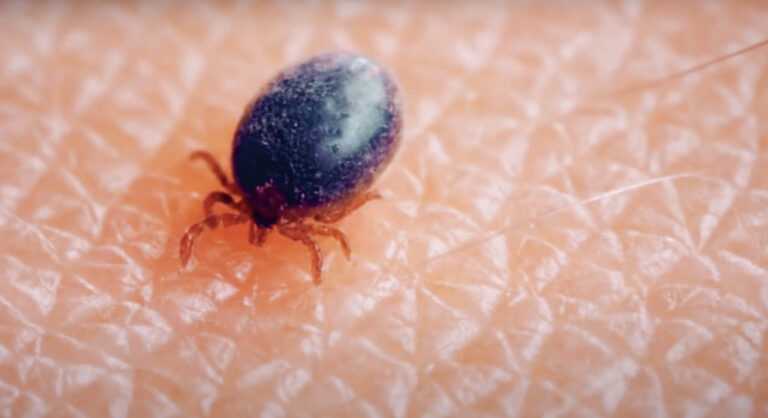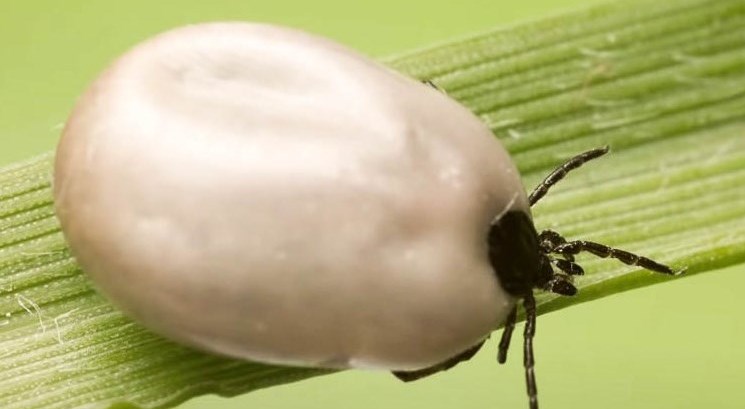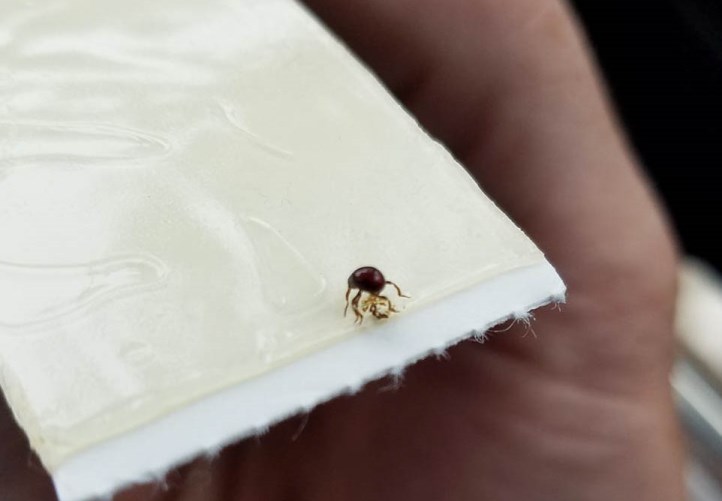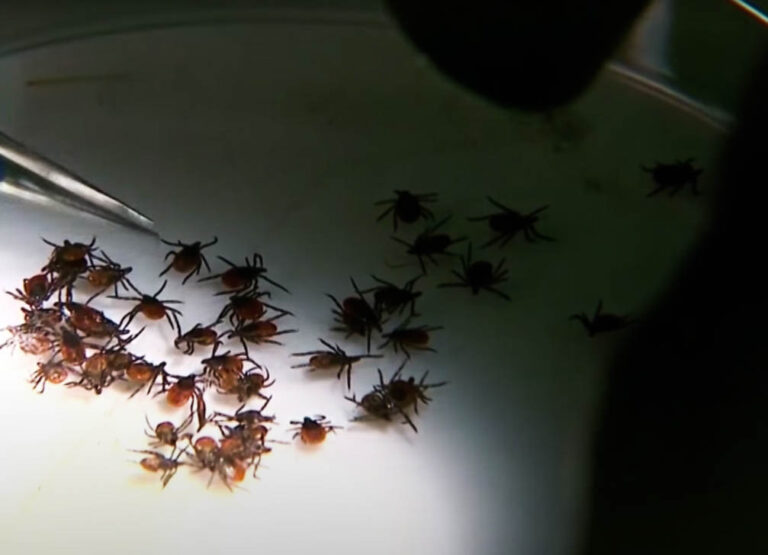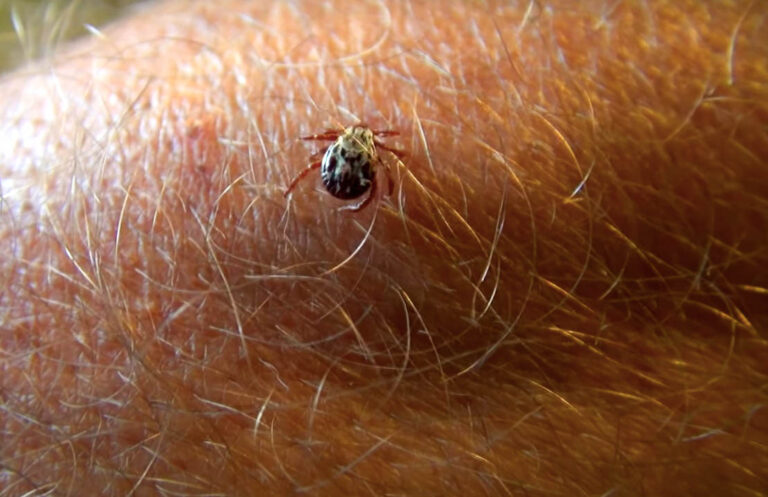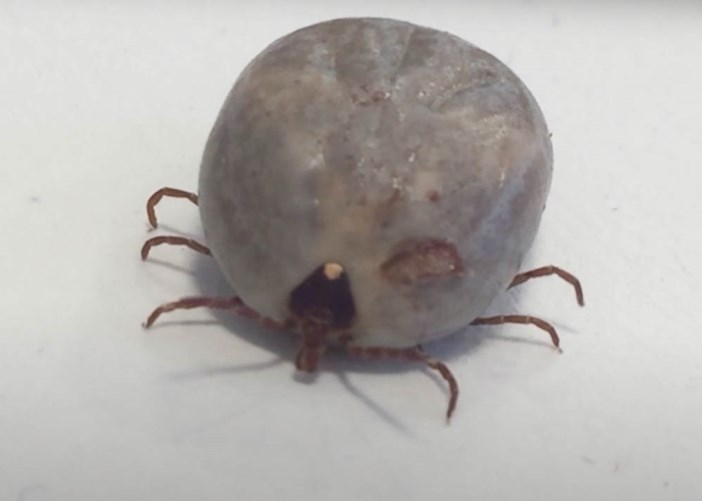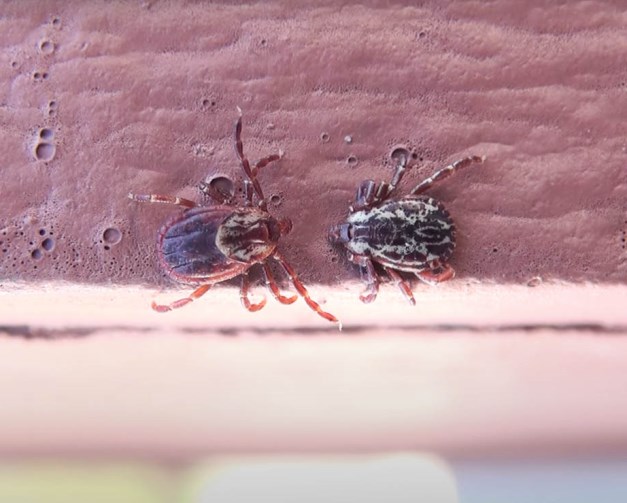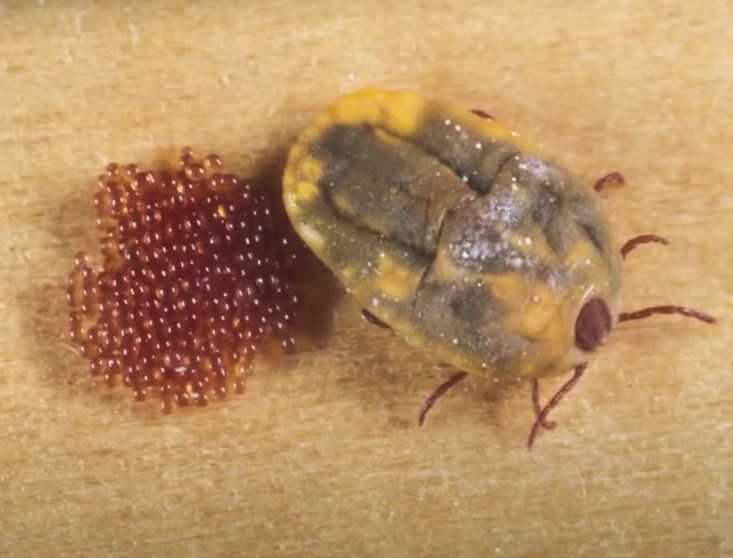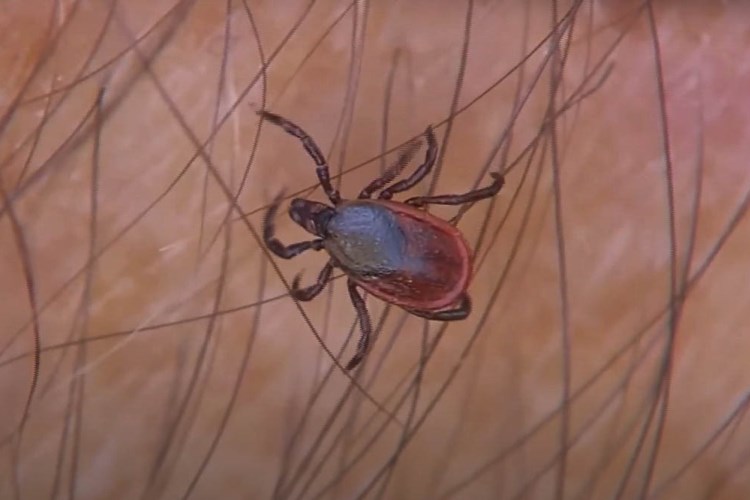About Relapsing Fever Ticks
About Relapsing Fever Ticks
Relapsing fever ticks are soft ticks that get their name from the fact that they spread relapsing fever. The ticks are vectors and reservoirs of the pathogen, which they can carry for their entire lives. The ticks are known for the close relationship they maintain with their hosts, rodents.
Appearance
Relapsing fever ticks are a member of the soft tick family, the Argasidae. The average length of the tick is ¼ of an inch. The ticks could have a dark brownish color. They could also be sandy brown or reddish-brown in color.
As members of the soft tick family, the mouthparts of the ticks are hidden. They also do not have hard scutum. Instead, they have a leathery body. The ticks also have oval bodies, as opposed to hard ticks.

Behavior
Relapsing fever ticks maintain close relationships with their hosts, rodents. They are typically found in areas with a high population of rodents. The ticks belong to the genus Ornithodoros whose main hosts are rodents. From the rodent hosts, they pick up pathogens that they can spread to animals and humans.
As the name suggests, relapsing fever ticks are responsible for the spread of relapsing fever. The fever is caused by a spirochete that is found in rodents. As blood-sucking external parasites, relapsing fever ticks take blood meals in their different stages, from larva to adult. As they take blood meals, they also spread diseases.
These ticks possess features that make them suitable vectors of the spirochete that causes relapsing fever. Firstly, they have long lifespans which allow the pathogen to develop fully. It is also noteworthy that they are hardy insects. They can survive for long periods, even without blood meals.
Relapsing fever ticks spread diseases to humans when they seek hosts. This can happen when there is an overpopulation of the ticks that the available rodent hosts cannot support. Another scenario is if the rodents in the area infested by the ticks were removed. In any of these cases, the ticks will begin to look for alternative hosts and can infect humans.
Since their hosts influence their population in an area, relapsing fever ticks are commonly found in secluded buildings, cabins, and rural homes. Persons in such buildings are more prone to contracting relapsing fever.
It is especially noteworthy that the ticks carry the relapsing fever pathogen for life. They could even pass the pathogen down to their offspring. This is why they are especially harmful pests. The ticks can spread the disease by simply attaching to the host for a few hours. The bites of the ticks are also not as painful as they could release analgesia to prevent the host from feeling the pain when they feed. The ticks typically bite at night and the host may not realize that it has been bitten at all. After blood meals from humans, they go back to hiding.
Life Cycle
The life cycle of the relapsing fever tick has four stages. The female produces a large number of eggs that develop into larvae. The larvae seek blood meals and molt into nymphs after taking the required quantities of blood. The larvae could molt multiple times before becoming nymphs. The nymphs also need blood and develop into adults after taking blood meals.
The male adults mate and die, while the female adults produce large quantities of eggs, after which they die. As soft ticks, the relapsing fever tick has a longer life cycle than that of hard ticks. This is evident in the multiple molting of the larvae.
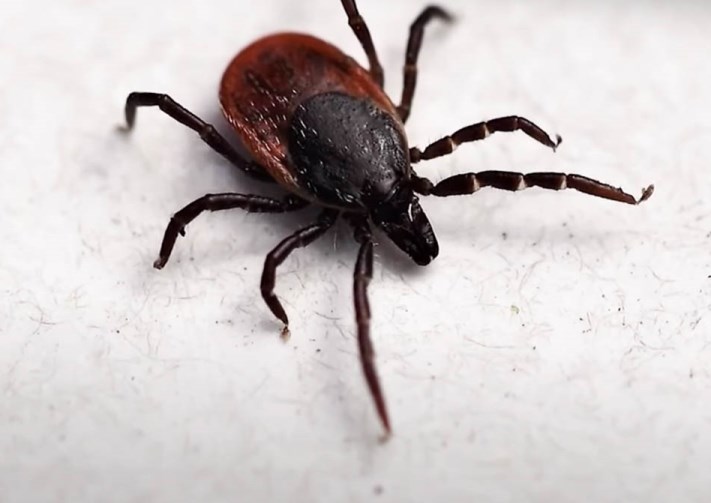
Habitat
Since relapsing fever ticks are commonly found in close associations with rodents, they are found in spaces occupied by rodents. They do not have established outdoor habitats and are found in spaces such as burrows, crawl spaces, wall voids, and attics.
Soft ticks have established a population in south Asia. They are also well distributed in the US. The western US has a higher population of ticks. Relapsing fever ticks are some of the commonest soft ticks found in the US.


